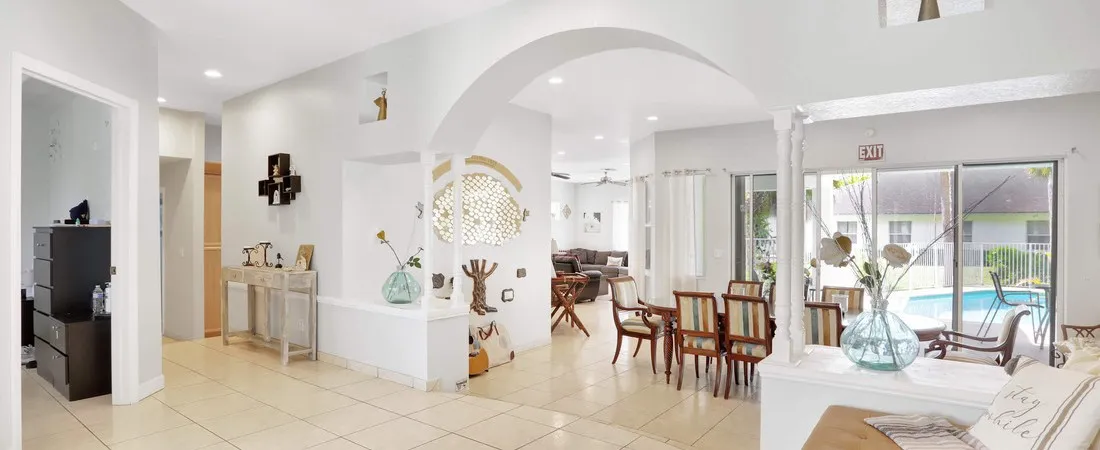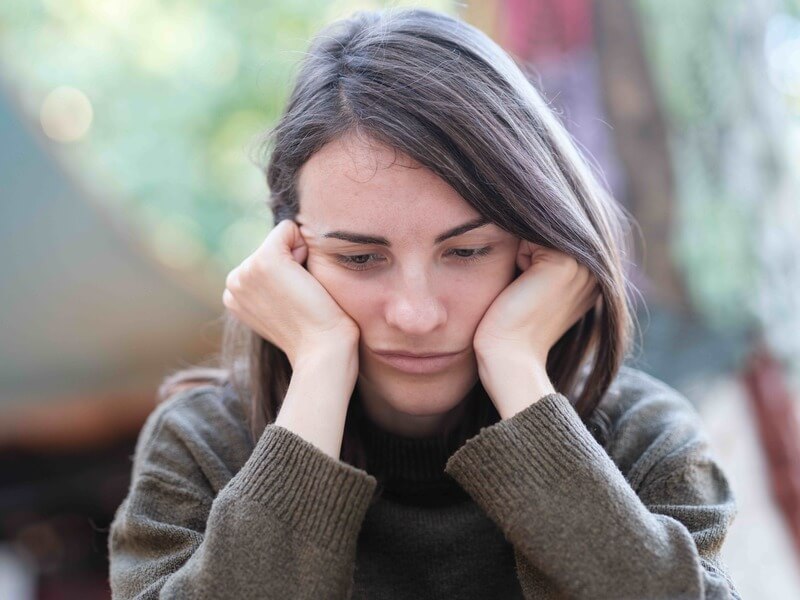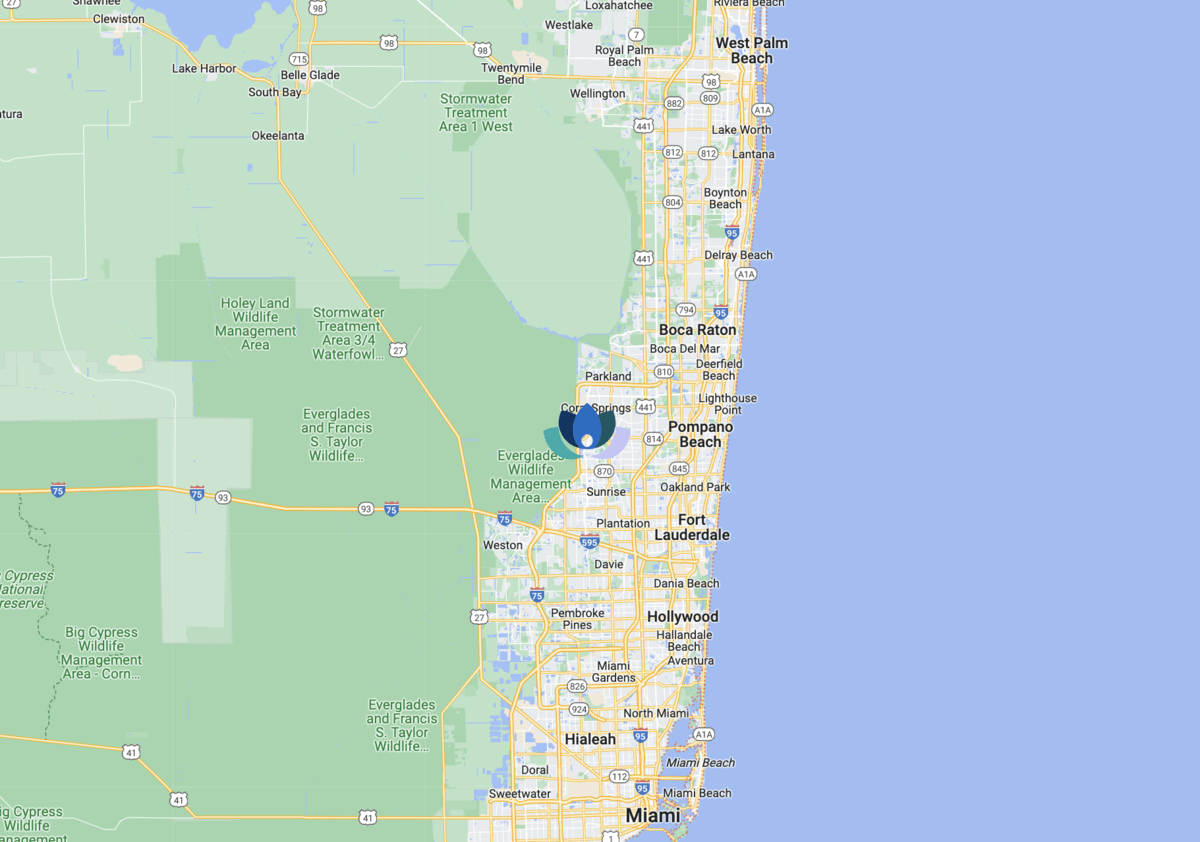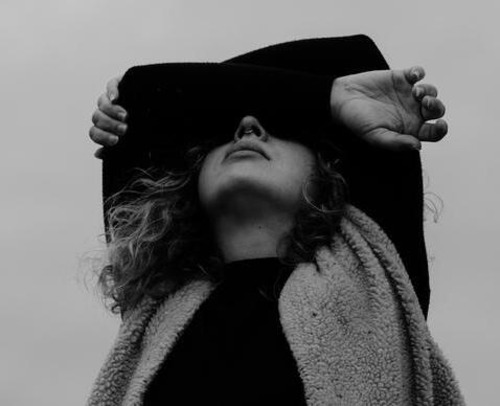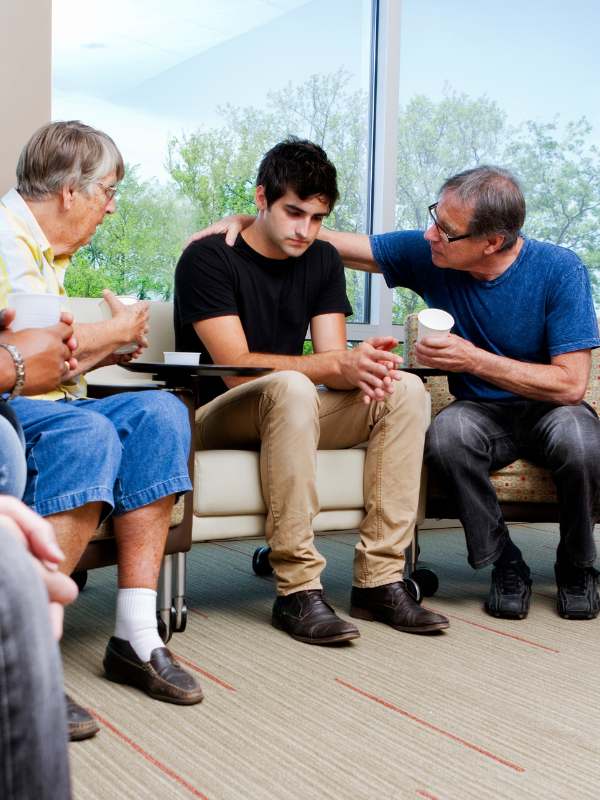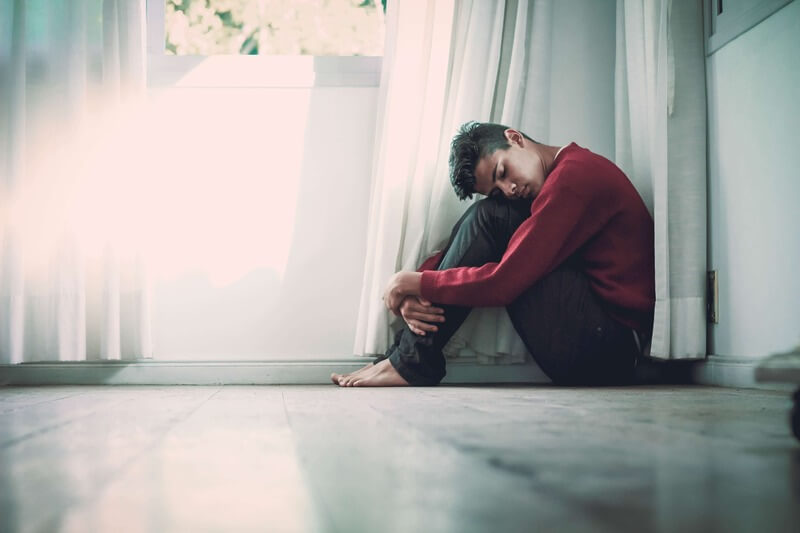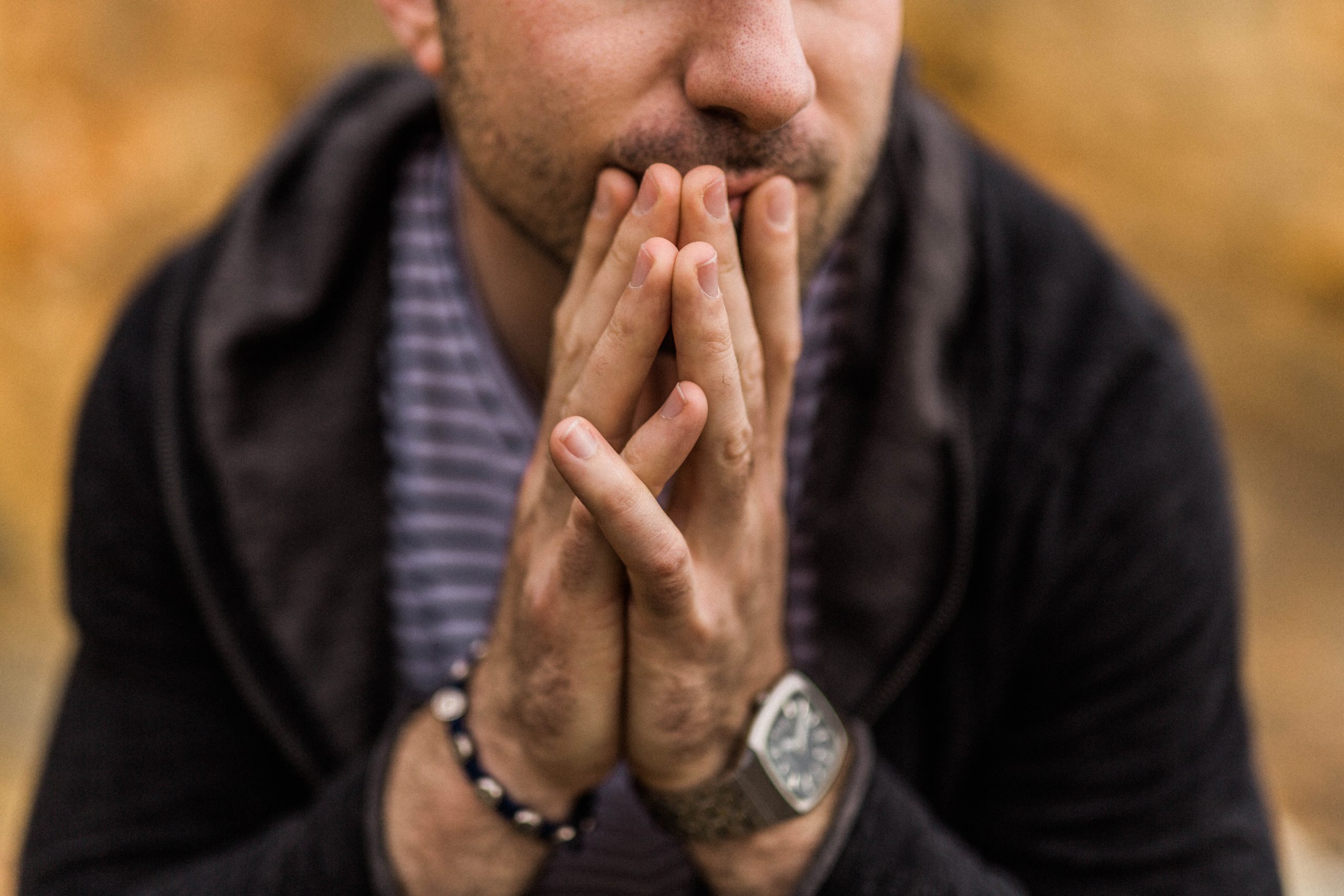What Causes Seasonal Affective Disorder?
Also known as winter depression, SAD is thought to be caused by reduced exposure to sunlight, which can disrupt the body’s internal clock and lead to imbalances in brain chemicals. Serotonin, the happiness hormone, and melatonin, a sleep-related hormone, are both proven to be lower in those suffering from SAD.
These imbalances can impact disposition and sleep, which can lead to decreased mood and motivation. SAD can also negatively impact the personal, professional, and social aspects of your life. Seasonal affective disorder has been studied at length, and there are many effective and comprehensive therapies available to help you cope in the moments of darkness and remind you that the sun will come out again.
What Are Causes of Variations of SAD?
Seasonal affective disorders are not a one-size-fits-all diagnosis. There are variations that can alter the severity of your symptoms and dictate the best therapy for SAD. The most common factors that contribute to SAD are sensitivity to changes in sunlight exposure and circadian rhythm disruptions, which can impact the happiness and sleep hormones serotonin and melatonin.
There is also evidence to suggest that there may be a genetic predisposition component to SAD. Statistically, women experience SAD with more frequency than men. Additionally, location and climate can have an impact on the severity of SAD. If you live in a colder climate, you are more likely to experience SAD than someone who does not. Additionally, stress and other mental health conditions, such as bipolar disorder, can also play a role.
